Microformats are extensions to HTML for marking up people, events, blog posts, reviews, recipes etc. Designed for humans first and machines second, microformats are a set of simple, open data formats built upon existing and widely adopted standards.
A microformat is a web-based approach to semantic markup which seeks to re-use existing HTML/XHTML tags to convey metadata2 and other attributes in web pages and other contexts that support (X)HTML, such as RSS. This approach allows software to process information intended for end-users (such as contact information, geographic coordinates, calendar events, and the like) automatically.
Utilizing Microformats will provide you with the quickest and simplest way to provide an API to the information on your website.
Essentially, "Microformats are the way to publish and share information on the web with higher fidelity" - Tantek Çelik
Example :
In this example, the contact information is presented as follows:
<ul>
<li>Joe Doe</li>
<li>The Example Company</li>
<li>604-555-1234</li>
<li><a href="http://example.com/">http://example.com/</a></li>
</ul>
With hCard microformat markup, that becomes:
<ul class="vcard">
<li class="fn">Joe Doe</li>
<li class="org">The Example Company</li>
<li class="tel">604-555-1234</li>
<li><a class="url" href="http://example.com/">http://example.com/</a></li>
</ul>
Uses of Microformats
Using microformats within HTML code provides additional formatting and semantic data that applications can use. For example, applications such as web crawlers can collect data about on-line resources, or desktop applications such as e-mail clients or scheduling software can compile details. The use of microformats can also facilitate "mash ups" such as exporting all of the geographical locations on a web page into (for example) Google Maps to visualize them spatially.
Benefits include
- They can help search engines exact out meaningful information out of a web page
- They use existing html tags
- In some cases they reuse existing html attributes
- Microformat patterns create machine-readable markup, from human-readable markup, allowing both at the same time.
The duality also allows creators to adhere to the DRY principle, as they're only publishing the markup once.
Drawbacks include
- Because they are not all, standardized, there is no guarantee that a particular format is reasonable. That said, most are simply HTML class names: the class attribute will never be deprecated, so the worst thing that can happen from using non-standardized/dropped formats is what non-Microformat publishers are already doing: using HTML class names that provide no real semantic value.
- There can also be multiple competing schemas
- They may cause web pages to fail validation
- In some cases they add additional "non-standard" html attributes (title attribute use on the abbr element is the most obvious; the BBC dropped Microformats because of its use/non-conformance to W3C Validation tests.
